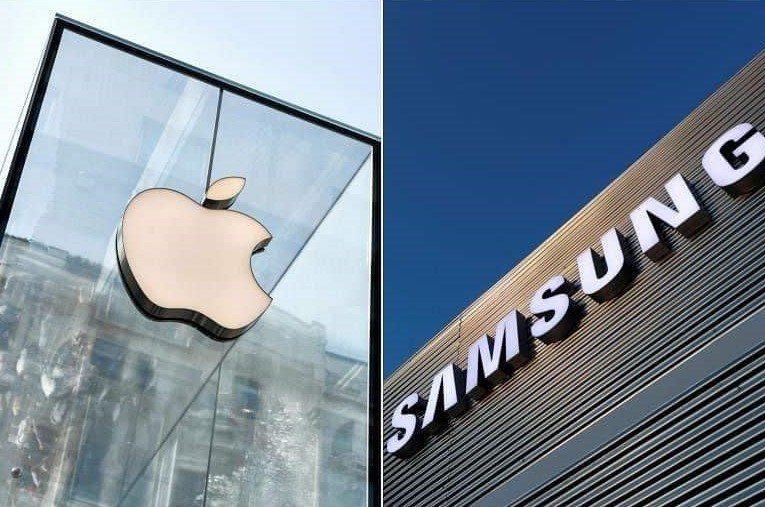The first quarter of 2024 saw a significant shift in the smartphone industry, with Samsung Overtakes Apple as the world’s leading smartphone maker. This article explores the key factors behind this change and the broader trends shaping the mobile landscape.
Samsung’s Strategic Ascendancy
While global smartphone shipments grew by 7.8%, the Android market experienced a 10% decline. However, Samsung Overtakes Apple by capturing a 20.8% market share. This success can be attributed to the strong performance of their latest flagship, the Galaxy S24 series, which sold over 60 million units. Effective marketing, product diversification, and a robust brand presence across various segments fueled Samsung’s rise.
Apple Faces Headwinds
Apple, on the other hand, faced challenges in Q1 2024. iPhone shipments dipped by 9.6%, reaching 50.1 million units. This decline might be due to market saturation, competition from Samsung Overtakes Apple and Chinese brands, and the lack of major product launches during this period.
The Rise of Chinese Players
Chinese smartphone manufacturers like Xiaomi and Transsion are making significant strides. Xiaomi secured the third position with a 14.1% market share and impressive 33.8% growth, thanks to aggressive pricing, innovative products, and targeted marketing. Transsion’s sales surged by 84.9%, highlighting their focus on emerging markets with affordable phones.
Challenges and the Road Ahead
The industry faces hurdles like economic uncertainties, supply chain disruptions, and longer device lifecycles. The emergence of wearables and competition from new players necessitates continuous innovation and adaptation.
Conclusion
The smartphone market is dynamic and constantly evolving. Brands that prioritize innovation, diversification, and a consumer-centric approach will be best positioned to navigate these challenges and thrive in the face of Samsung Overtakes Apple and other emerging trends.


